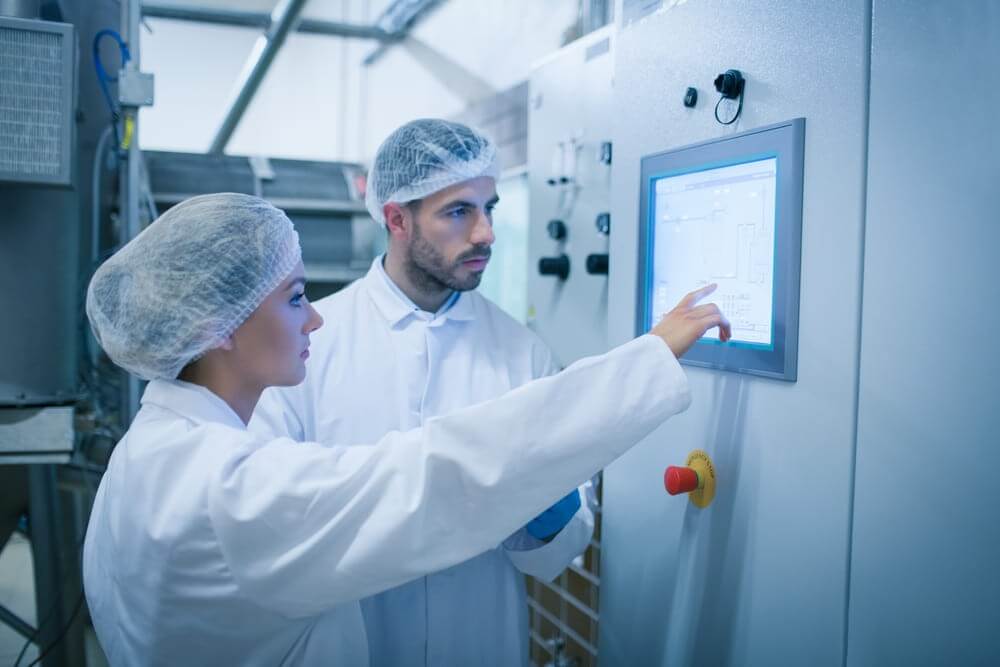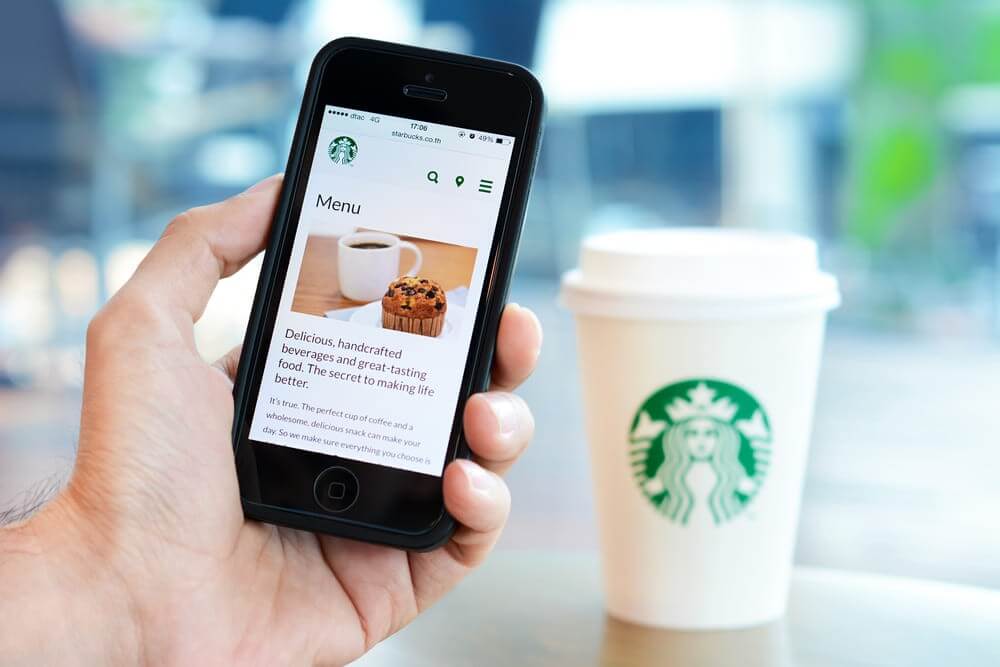The food and beverage industry has huge potential for applying big data solutions. Nearly all of the major food industry players – from farmers to grocers and restaurant owners can use data analytics to empower their business.
Most importantly, controlling every aspect of food production helps food producers reach the ultimate goal – producing high-quality products and minimizing food-related health hazards. On a larger scale, using data analytics and predictive technologies will account for a happier and healthier population.
In this article, we will talk about the impact of data analytics on the food industry, look at the most vivid use cases for data and predictive analytics, and explore how food producers can start using data analytics to add value to their business. Read on to learn more!
How data analytics impacts the food industry
“From field to fork”, data science in the food industry helps empower every stage of the production lifecycle. Every facet of the food industry: processing, product development, storage, transportation and delivery to end customers can benefit from data science and predictive data. Let’s take a closer look at how big data can improve food production.
Product development
Starting as early as estimating soil conditions and environmental factors, data analytics enable farmers to predict the amounts and even the quality of their future crop yields. Precise volume forecasting in food production will impact critical transportation and warehousing decisions and even help predict future revenue.
Furthermore, transportation companies can be informed on transportation dates, the number of cars in their fleet needed to transport a crop to a certain destination, the optimal transportation conditions such as humidity and temperature, etc.
The same approach applies in processing and production – for example, warehouse sensors can collect info about the freshness and overall quality of products, enabling production managers to make decisions about their optimal use and processing type.

Product promotion
Analyzing data in the food industry could also facilitate product promotion and help create precisely targeted marketing campaigns. For example, NLP algorithms can carry out complex sentiment analysis – by carefully studying what customers post on social media, they can help marketers estimate how people actually feel about their products. Thus marketing campaigns care less about guesswork and more about studying the customers’ needs and giving them what they want, when and where they want it.
Pricing
Production and costs analysis in the food industry play a decisive part in ultimate product pricing. In the food and beverage sector, data analytics also help estimate the optimal product price. By taking into account the overall local and global economic situation, season and even weather conditions, food producers and retailers can tweak their product pricing to optimal levels depending on the fluctuating market trends.
Demand forecasting
Effective demand forecasting for production planning in a food company accounts for reducing bottom line expenses, precise resource allocation and, ultimately, for maximizing revenue. A restaurant chain, for example, can track the time and recurrence of their customers’ visits and estimate if (and when) they are going to return). They can also use a sentiment analysis to learn which recipes their customers enjoy most and plan product delivery and the work of their chefs accordingly.
Quality control
Top-notch quality and complete transparency of production processes is what today’s customers demand from food production companies on a regular basis. Big data can help deliver a full account of a product’s origins and how it has been produced; it can also ensure product quality. Smart sensors, for example, may help track product conditions, predict their shelf life, and even assign an optimal price. Keeping track of expiration dates can help prevent foodborne diseases and contribute to the health and wellbeing of the local community.

How big data can improve food production: Big data use cases
Historically, industry giants have been the first ones to implement new technologies, and food production is no exception. Here’s how renowned food chains and retailers are using data analytics to improve their operations and services.
Maximizing operational efficiency
Food retailers are using data analytics to track customer behavior, which enables them to predict their choices and even their next steps as they walk through the stores.
Thus, Kroger, a grocery retail chain, has used predictive analytics to reduce wait time at the cash register from 4 minutes to as little as 30 seconds. Instead of segmenting customers by demographic categories, which Kroger claims are too general, the retailer uses a personalized approach to achieve unprecedented operational efficiency.
Personalizing customer experience
In terms of personalization, Starbucks has gone even further: it uses data from mobile payments to find out exactly how customers like their coffee. The retrieved data is then organized into reports, which the coffee chain marketers find insightful – as it turns out, a large percentage of consumers don’t put sugar in their tea, or don’t want any milk in their iced coffee. The company uses these detailed reports on customer preferences to design new offerings.

Improving service
Food chains routinely use big data and data analytics to improve their customer service. McDonalds, for example, monitors customer behavior patterns in each individual restaurant to find out what it can do to make their customer experience as seamless as possible. Currently, the restaurant chain aims to improve its drive-through experience by redesigning booths, providing more info about menus and catering to different types of customers.
Sentiment analysis
When it comes to improving service, sentiment analysis plays an important part. For example, large food chains can detect customers’ dissatisfaction and improve their offerings or their services before any negative feedback seriously impacts company sales and reputation.
As of today, companies like KFC and Domino’s pool data from social media and other sources to analyze and monitor how customers feel, and take their wishes into account when tweaking their menus, offering extras or even building new restaurants.
Timely delivery
We all like our food fresh, yet, in large metropolitan areas timely delivery is often a complicated task. Here’s when big data analytics come to the rescue: by evaluating traffic, distance, and weather conditions, companies can make correct decisions about optimal routes and delivery times. Blue Apron, for example, uses platforms like Looker and Google Big Query to manage their food inventory and delivery.

Applying data analytics in the food and beverage sector: Lessons for leaders
Data analytics has huge potential to positively disrupt the food and beverage industry and set entirely new standards for health, quality and customer experience. Tapping into their potential, though, will require some careful evaluation and planning. Here’s a step by step guide to help you become a data- driven company:
1. Decide which data you need to collect
Every business, no matter how successful, has performance bottlenecks that big data analytics can help eliminate. Think of these bottlenecks to determine what kind of data you want to collect. Also, make sure you assemble existing data into a consistent data pool, since you can use historic data to derive important insights.
2. Build an infrastructure for processing big data
Legacy IT infrastructure and equipment often hinder data analytics adoption. Big data software needs sufficient storage and computation capacities to run on, and IoT sensors have to be integrated with existing equipment. In some cases, though, your legacy equipment won’t need replacement, and existing machinery could be used to collect data after the upgrade.
3. Use big data tools to draw insights from data
The complexity of these tools will depend on the goals you want to achieve and the scale of your business, and can range from a simple SQL database to large enterprise grade systems.
4. Act on insights you receive from big data and use them to drive desirable business decisions
Surely, becoming data-driven implies that every player on your management team should be capable of trusting data, relying on data, and using data to make important decisions. Your employees should also understand the value of data. Sometimes it can be difficult to explain the importance of a particular metric and why it has to be collected, but people will eventually recognize the value of data (usually, after they see its positive impact).
5. Keep abreast of new data analytic trends and technologies
Data analytics technologies constantly evolve. Learning and implementing new techniques is vital to keep up with competition and ensure customer satisfaction.
Surely, successfully applying data analytics and predictive technologies in the food and beverage industry will require enhancing your team with data scientists and engineers, and changing your organization’s mindset to embrace big data.
The change doesn’t necessarily have to involve large scale disruptions of your core processes – you can start off with tracking one metric and gradually apply data analytics to other facets of your food and beverage enterprise.
Need guidance and advice on adopting data analytics to empower your food production business? Our expert team is willing to offer you a helping hand. Contact us now for a free consultation!
Read also:




